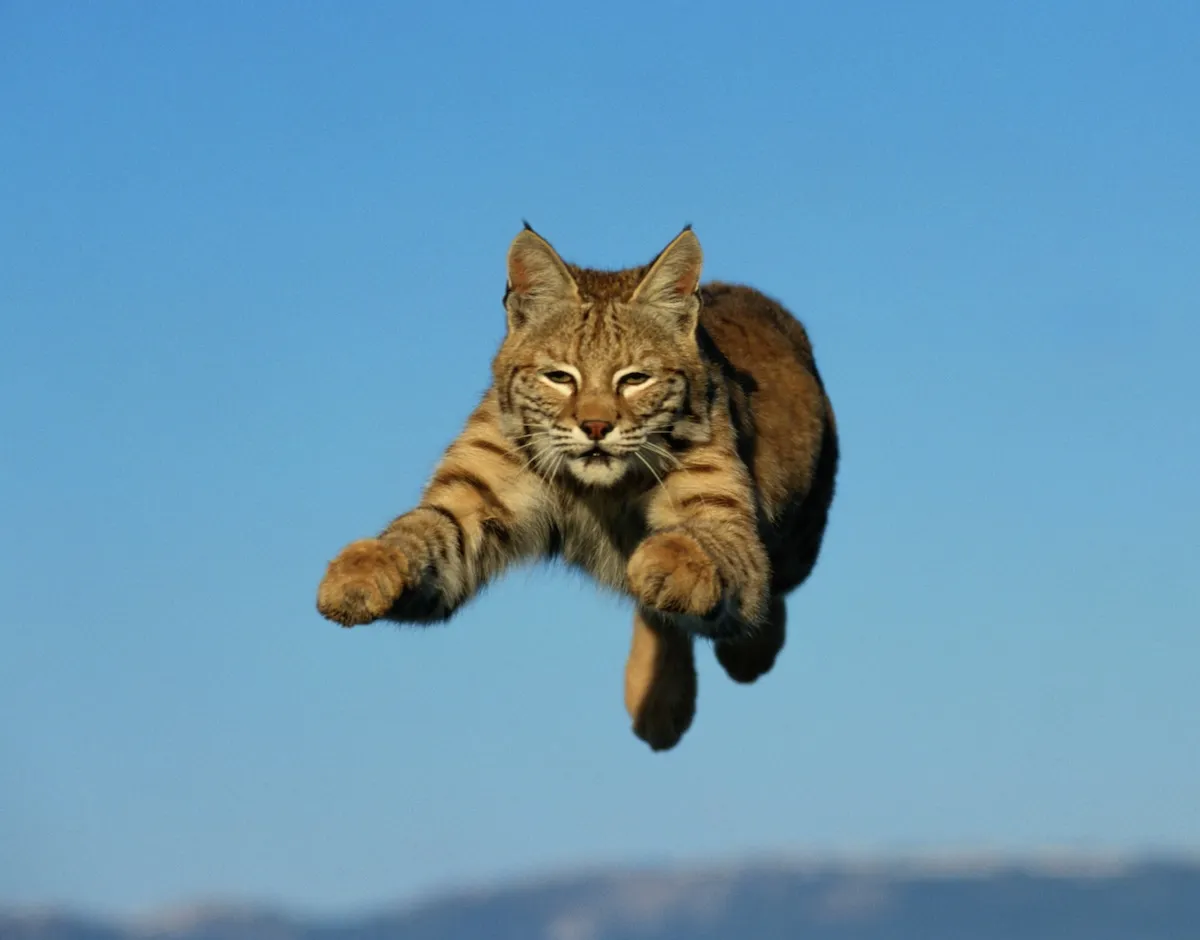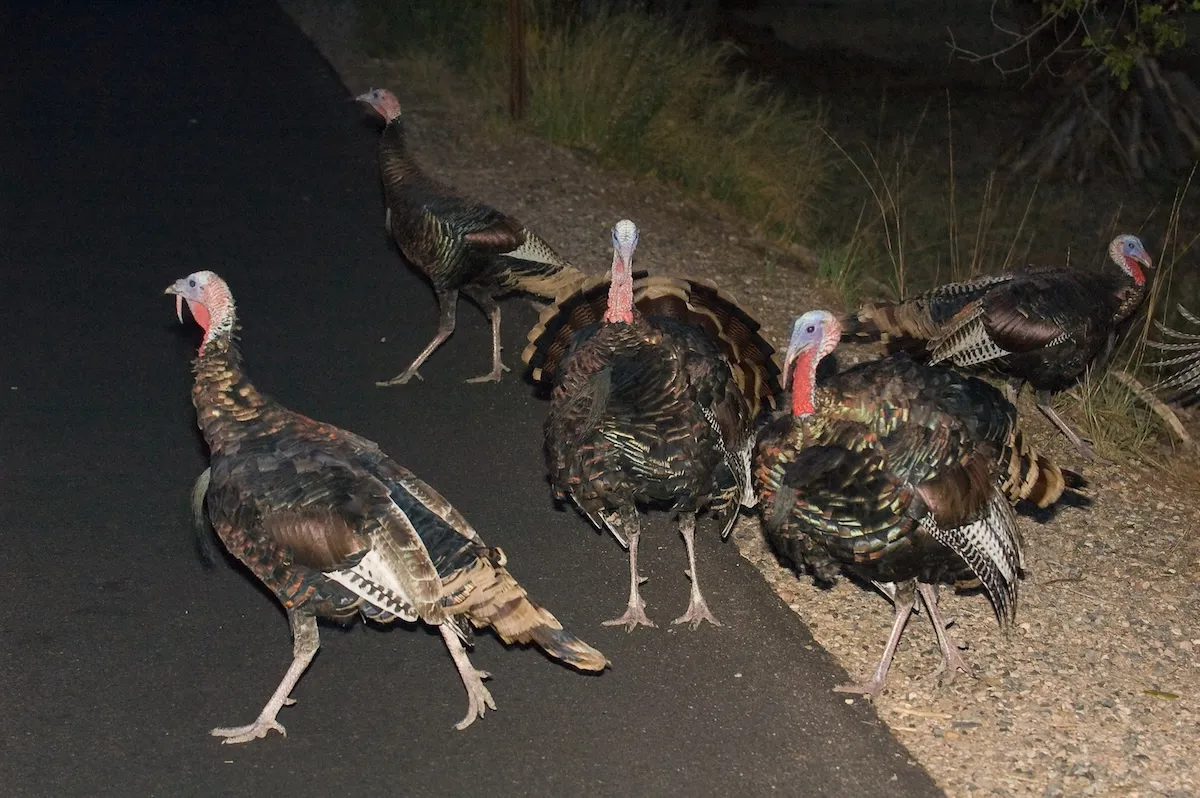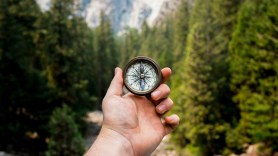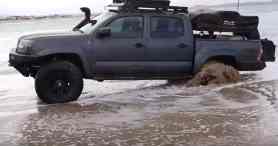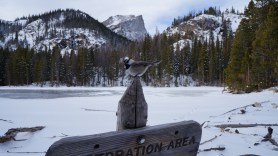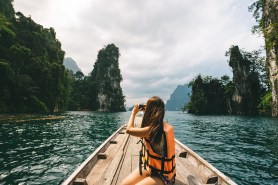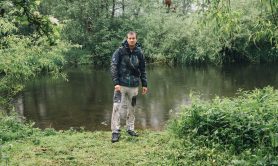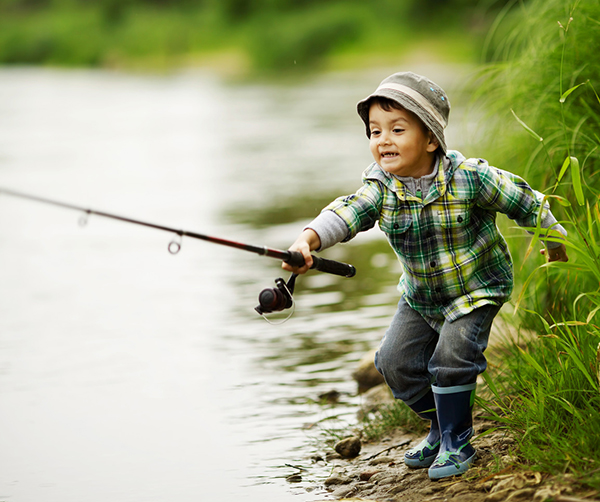

There’s nothing quite like camping near water. I love going to bed listening to gentle waves lap the nearby shoreline or hearing current sliding by. It’s even better when these waters hold fish, especially when camping with kids.
Videos by Outdoors
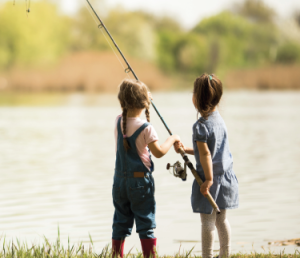
My favorite camping memory involves waking up early one morning and stepping onto a big rock just a dozen feet from my tent door. I fired a cast out and started my retrieve. Almost immediately my cast was interrupted by a nice fish that became the main course of breakfast that day.
If you like to combine camping and fishing, but struggle to catch fish on your outings, I may be able to help change your luck, particularly when it comes to river fishing. For the past three decades I have spent the majority of my waking hours learning how to catch more fish and sharing what I learn with readers or viewers. And while my television series, Lake Commandos, focuses on delivering information for advanced anglers, I get a big thrill out of seeing beginners, especially kids, having success.
I’ll focus on river fishing here as lakes offer different challenges.
One of the things I like best about river fishing is the fact that most rivers offer superb shore fishing opportunities. In fact, in many rivers, the best fishing is often found right next to shore. River fish seek out areas that offer a break from the current.
Some of these current breaks are as small as a large rock, while others may be as large a dam.
Here are some key river fishing areas on ANY river:
1. Outside bends—when a river makes a hard turn the outside of the turn offers deeper water. These areas are prime fish-holding areas.
2. Drop-Offs —these areas of deep water often hold resting fish. The most active feeding fish are typically on the upstream side of drop-off areas.
3. Current edges —These are areas where fast current butts up against slower-moving water (often the result of some obstruction like a downed tree or manmade structure). Fish the slower water, but stay close to the current seem itself.
4. Boulders —when current hits a boulder it moves up or around the rock forming an area of calm water to the upstream side of the rock (not downstream as most think).
5. Eddies —These are those areas where the current seems to flow up stream or in circular direction. These areas can be large or small; all can be very good for fishing.
6. Creek mouths – The cooler waters of small tributaries often draw fish. Work the area where creeks dump in to slightly downstream.

Your choice of baits or lures will depend on your target species of fish, but you’ll find most river fish hold in these general areas.
-Steve Pennaz is host of Lake Commandos, airing on the Pursuit Network
